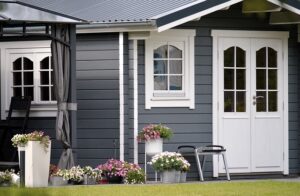In Wagga NSW, modern farm sheds have been transformed into multifunctional, sustainable, and technologically advanced structures that play a vital role in enhancing the efficiency and productivity of local agriculture. These sheds are constructed with durable materials to withstand challenging climates and protect livestock and machinery. They incorporate features like automated feeding systems, climate control, and natural lighting to improve animal welfare and operational practices. The region’s farm sheds are not just essential for individual farms but also serve as central hubs that support the broader agricultural economy of Wagga Wagga. They offer customizable solutions tailored to various farming needs, reflecting their importance in maintaining the sector’s competitiveness against market and environmental challenges. The local regulatory framework, guided by the New South Wales Department of Primary Industries (DPI), ensures high standards for animal welfare, biosecurity, and operational efficiency, while also promoting sustainable practices that benefit both the rural landscape and community. The advancements in farm shed designs have led to significant improvements in livestock management, health, and productivity, positioning Wagga NSW as a leader in innovative and sustainable farming.
In the rural expanse of Wagga Wagga, New South Wales, farm sheds stand as testaments to modern agriculture’s evolution. These structures are more than mere shelters; they are integral components supporting the livelihoods of farmers and the well-being of their livestock. This article delves into the multifaceted role of farm sheds within Wagga NSW’s thriving agricultural sector, highlighting their design, material considerations, innovative features, and the regulatory framework governing their construction. From the functional aspects to the sustainable materials used, each element is crafted with precision to enhance efficiency and animal welfare. Through case studies, we explore how these farm sheds have significantly impacted local livestock operations, underscoring their indispensable nature in contemporary farming practices.
- Understanding the Role of Farm Sheds in Modern Agriculture in Wagga NSW
- The Design and Functionality of Livestock Sheds: A Closer Look at Wagga NSW’s Infrastructure
- Material Considerations for Durability and Sustainability in Wagga NSW Farm Sheds
- Innovative Features Enhancing Livestock Welfare and Efficiency in Wagga NSW Farm Sheds
- Regulatory Framework: Compliance and Best Practices for Farm Sheds in New South Wales
- Case Studies: Successful Farm Shed Implementations and Their Impact on Wagga NSW Livestock Operations
Understanding the Role of Farm Sheds in Modern Agriculture in Wagga NSW
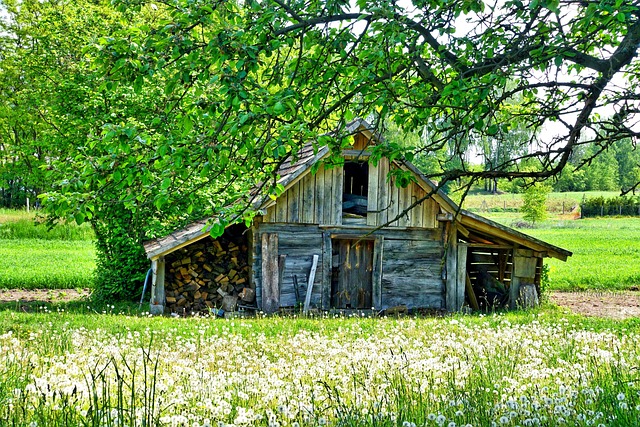
In the fertile region of Wagga NSW, farm sheds have transcended their traditional function as mere storage spaces. These structures play a pivotal role in modern agriculture, offering shelter and protection for livestock, machinery, and feed. The harsh climatic conditions of the Riverina region necessitate robust facilities to ensure the well-being of animals throughout the year. Farm sheds in Wagga NSW are designed with advanced materials and engineering to optimize animal welfare, crop storage, and equipment maintenance. These structures facilitate efficient farm operations by providing a controlled environment for various activities, from housing dairy herds to storing fertilizers and seeds securely. Moreover, the integration of technology within these sheds has led to innovative solutions such as automated feeding systems and climate control, which enhance productivity and sustainability. The evolution of farm sheds in Wagga NSW reflects a commitment to modern agricultural practices, showcasing the region’s dedication to progress and efficiency in farming.
The strategic placement and design of these farm sheds not only contribute to the operational efficiencies on-farm but also to the broader economic landscape of Wagga Wagga. They serve as hubs for agricultural activities, enabling farmers to manage their operations more effectively. The adaptability of farm sheds allows for modifications to cater to specific needs, such as segregating different types of livestock or accommodating additional machinery. This versatility makes them indispensable assets in the modern farming ecosystem. In Wagga NSW, where agriculture remains a cornerstone of the local economy, farm sheds are integral to maintaining the sector’s competitiveness and resilience against market fluctuations and environmental challenges.
The Design and Functionality of Livestock Sheds: A Closer Look at Wagga NSW’s Infrastructure

Livestock sheds in Wagga Wagga, New South Wales, serve as multifunctional structures integral to modern farming operations. These farm sheds are thoughtfully designed to cater to the diverse needs of livestock housing and management. The design of these sheds reflects a balance between functionality, durability, and adaptability to different types of livestock and climatic conditions. Constructed with robust materials like steel or reinforced concrete, these sheds provide a secure environment that protects animals from harsh weather while allowing for proper ventilation and natural light to ensure the well-being and comfort of the animals housed within.
The functionality aspect is further underscored by the inclusion of features such as feed troughs, watering systems, and waste management solutions, which are all essential for maintaining herd health. Additionally, the design often incorporates ease of maintenance and cleaning to prevent disease and maintain high biosecurity standards. In Wagga Wagga, these farm sheds are frequently customized to meet the specific needs of local farmers, with options ranging from simple open-fronted structures to fully enclosed, climate-controlled environments equipped with modern technology for temperature control and monitoring. This tailored approach ensures that the infrastructure aligns with the operational requirements and environmental demands of the region’s agricultural industry.
Material Considerations for Durability and Sustainability in Wagga NSW Farm Sheds
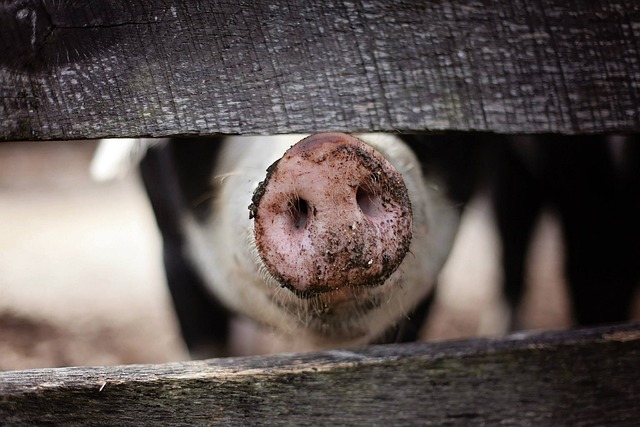
In the rural expanses of Wagga NSW, farm sheds serve as the backbone of agricultural operations, providing shelter and storage for livestock and equipment. Durability and sustainability are paramount in the materials chosen for these structures to withstand the region’s varied climatic conditions, which range from harsh summers to cold winters. Steel emerges as a preferred material due to its robustness and longevity, offering protection against both the elements and pests. Its low maintenance requirements and adaptability to various designs make it a sustainable choice for farm sheds in Wagga NSW. Additionally, the integration of energy-efficient features such as insulation and natural lighting can further enhance sustainability, reducing the environmental footprint and operational costs over time.
The choice of materials not only impacts the longevity of the shed but also its environmental impact. In Wagga Wagga, where the agricultural sector is integral to the economy, utilizing recyclable or locally-sourced materials supports local industries while minimizing transportation emissions. For instance, corrugated iron and colorbond steel are commonly used for their durability, strength, and resistance to the region’s high winds and heavy rainfall. These materials also offer versatility in design, enabling farmers to customize sheds to meet specific needs, such as housing livestock or storing machinery. Consequently, the investment in farm sheds that are built with both durability and sustainability in mind can yield long-term economic and environmental benefits for agricultural enterprises in Wagga NSW.
Innovative Features Enhancing Livestock Welfare and Efficiency in Wagga NSW Farm Sheds
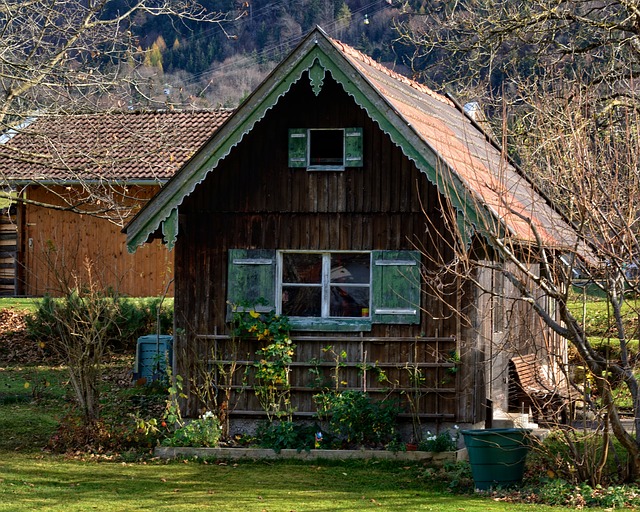
In recent years, Wagga NSW farm sheds have undergone significant transformations, integrating innovative features that significantly enhance livestock welfare and operational efficiency. These advancements are a testament to the region’s commitment to sustainable and humane farming practices. Modern farm sheds in Wagga Wagga now incorporate natural lighting solutions, which not only reduce energy consumption but also provide a more stress-free environment for animals. The strategic placement of skylights and translucent roof panels allows for optimal light distribution throughout the day, mimicking the animals’ natural circadian rhythms and promoting healthier growth patterns. Additionally, temperature-controlled environments are achieved through insulated materials and climate control systems, ensuring that livestock remains comfortable in both hot and cold conditions. This climate control is pivotal in maintaining animal wellbeing and productivity, as extreme temperatures can lead to stress and decreased milk yield or growth rates.
Furthermore, the design of these farm sheds often includes adaptive infrastructure that facilitates easy movement and handling of livestock. Features such as wider alleyways, ramps with non-slip surfaces, and automated feeding and watering systems contribute to a more efficient operation, minimizing physical strain on both farmers and animals. The integration of biosecurity measures, including disinfection zones and easy-to-clean surfaces, helps prevent the spread of diseases, further ensuring the health and safety of the livestock. These sophisticated farm sheds in Wagga NSW not only set a new standard for animal welfare but also position local farmers to meet the increasing global demand for high-quality produce with confidence.
Regulatory Framework: Compliance and Best Practices for Farm Sheds in New South Wales

In New South Wales, the regulatory framework governing farm sheds is comprehensive and designed to ensure best practices for animal welfare, environmental sustainability, and operational efficiency on livestock farms. Compliance with these regulations is mandatory for all farmers to maintain high standards of farming that protect both the health of their animals and the integrity of the local environment. The regulations cover a wide range of criteria, including structural integrity, biosecurity measures, space allowances for different species, ventilation systems, lighting, and access to natural light and fresh air where necessary. Best practices extend beyond mere compliance; they involve innovative farming techniques that conserve resources, improve efficiency, and enhance the overall living conditions for livestock. Farmers are encouraged to stay informed about the latest advancements in shed design and management, as well as to regularly engage with agricultural extension officers who can provide guidance on adopting these practices effectively. The NSW Department of Primary Industries (DPI) provides resources and support to ensure that farm sheds not only meet the minimum standards but also contribute positively to the landscape and community, reflecting a commitment to responsible farming practices in the state.
Case Studies: Successful Farm Shed Implementations and Their Impact on Wagga NSW Livestock Operations
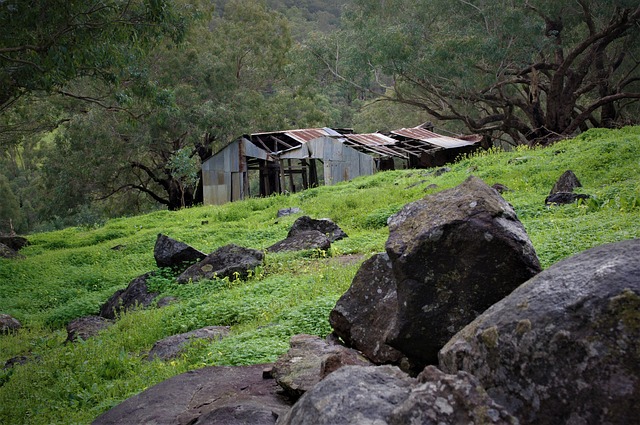
In recent years, Wagga Wagga, New South Wales has seen a remarkable evolution in its livestock operations, largely due to the implementation of innovative farm shed designs. These structures have become more than mere shelters; they are pivotal in optimizing livestock management, enhancing animal welfare, and boosting productivity. Notable case studies illustrate the transformative impact of these farm sheds. For instance, a local dairy farm retrofitted their existing sheds with advanced climate control systems, resulting in improved milk yield and better health outcomes for their herd. Similarly, a cattle operation expanded their facilities with new feedlot sheds equipped with efficient feeding systems and space optimization strategies, leading to significant gains in weight increments and market readiness. These enhancements not only streamline the daily tasks of the farmers but also contribute to the economic viability of the region’s livestock industry. The integration of energy-efficient lighting and renewable energy sources in these farm sheds further underscores the commitment to sustainable practices, setting a benchmark for future developments in Wagga Wagga’s agricultural sector.
The success stories of farm shed implementations in Wagga Wagga serve as a testament to the region’s adaptability and forward-thinking approach. A poultry farm successfully implemented a biosecurity-focused shed design, which minimized disease spread and mortality rates, thereby maintaining high egg production levels. Another case involves a sheep station that adopted a modular shed system, allowing for easy expansion and reconfiguration as their flock grew. These examples highlight the versatility of farm sheds in addressing specific operational needs while contributing to the overall health and productivity of livestock operations in Wagga Wagga, NSW. The collective impact of these case studies is a clear indicator that strategic investments in farm shed infrastructure are crucial for the ongoing success and growth of the region’s agricultural industry.
In conclusion, the evolution of farm sheds in Wagga NSW exemplifies a harmonious blend of traditional farming practices and modern innovation. The region’s farm sheds are not merely structures but pivotal components of sustainable livestock operations, enhancing both animal welfare and operational efficiency through thoughtful design and material selection. The adherence to regulatory frameworks ensures that these sheds meet the highest standards of compliance and best practices within New South Wales, setting a benchmark for rural infrastructure. The success stories from local farms underscore the transformative impact of well-designed farm sheds on livestock management and productivity. As Wagga NSW continues to advance in agriculture, the resilience and adaptability of its farm sheds will remain key to meeting the challenges of modern farming.
